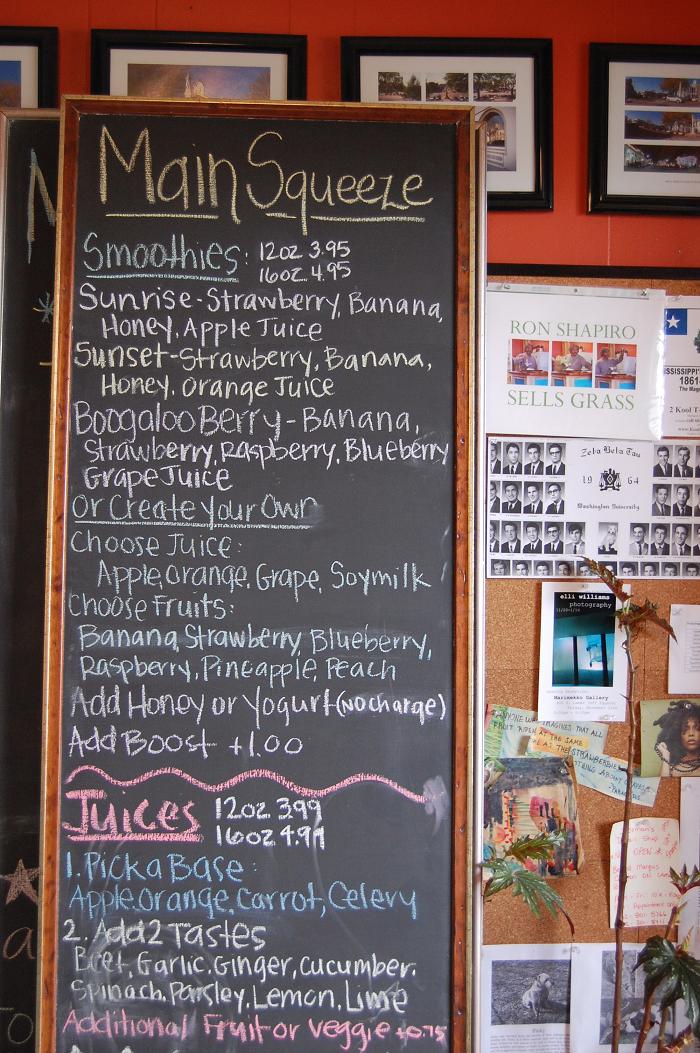


Even as they seek to protect their margins, apparel companies may have to act surgically to avoid alienating customers who are already contending with recent price increases. To cope with inflationary pressures and changing consumer purchasing behaviors, apparel brands and retailers may benefit from comprehensive action on pricing, merchandising, and supply chains. Among those who switched, slightly more than one-third opted to buy private-label products.

The Consumer Pulse survey found that more US consumers reported switching brands and retailers in 2022 than at any time since the pandemic began, and most of them say they intend to keep switching, primarily to find lower prices. Now we see consumers starting to adopt more value-conscious shopping behaviors. 3 Kari Alldredge, Tamara Charm, Eric Falardeau, and Kelsey Robinson, “ How US consumers are feeling, shopping, and spending-and what it means for companies,” McKinsey, May 4, 2022. The drop in optimism was sharpest among high-income consumers consumer confidence also fell sharply in the eurozone during the latter half of 2021 and the first months of 2022 as inflation heated up. Indeed, the percentage of consumers who reported feeling optimistic in our May Consumer Pulse survey fell to 38 percent, from 44 percent in October 2021. Not only do they face rising costs on everything from manufacturing inputs and freight to fuel and wages, but they must also deal with a slowing growth environment and falling consumer confidence. In this environment, apparel retailers and brands are getting squeezed.

That gap has recently narrowed, but in the United States, price gains are still trailing CPI growth by about one percentage point (Exhibit 2). From 2010–19, for instance, US apparel prices rose at a CAGR of just 0.4 percent, lagging both the total consumer price index (CPI CAGR 1.8 percent) and median household income (CAGR 3.8 percent) (Exhibit 1). Historically, price realization in the apparel industry has lagged well behind inflation rates and household income growth. Rubin, “US inflation hits new four-decade high of 9.1 percent Wall Street Journal, J“Consumer price index summary,” United States Bureau of Labor Statistics, July 13, 2022. In the United States, for example, inflation hit 9.1 percent in July, signaling the largest 12-month increase in more than 40 years. Prices are rising across the value chain, from commodities to transport to labor and more. 1 Jeff Cox, “Retail sales posted unexpected 0.3 percent decline in May as inflation hammers consumers,” CNBC, JSchiffGold, “Retail sales dropped unexpectedly in May,” Seeking Alpha, JBrandon Case and Allison Nicole Smith, “More horrors await after $550 billion retail earnings meltdown,” Bloomberg, May 21, 2022. Across the sector, what began with a difficult May earnings season has continued with the reality of persistent inflation, a more fragile consumer, and the prospect of more turbulent economic conditions as the Federal Reserve attempts to harness inflation. Industry leaders see higher-than-expected operational costs impacting margins as inflation continues to escalate. The ADAPT model offers a five-component approach to reset margin structures with bold, deliberate actions that could yield competitive advantages in a persistently inflationary environment.Īs we head into the second half of 2022, apparel firms are getting clobbered.To cope with inflationary pressures and protect their margins, brands and retailers may need an approach that includes action on pricing, merchandising, and supply chains.Apparel companies are getting squeezed between rising supply chain costs and falling consumer confidence.


 0 kommentar(er)
0 kommentar(er)
